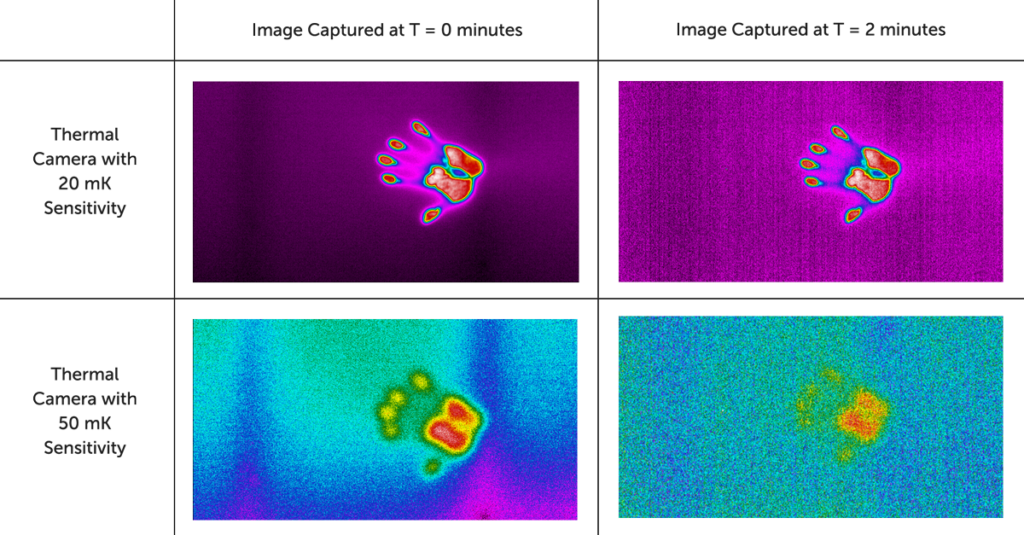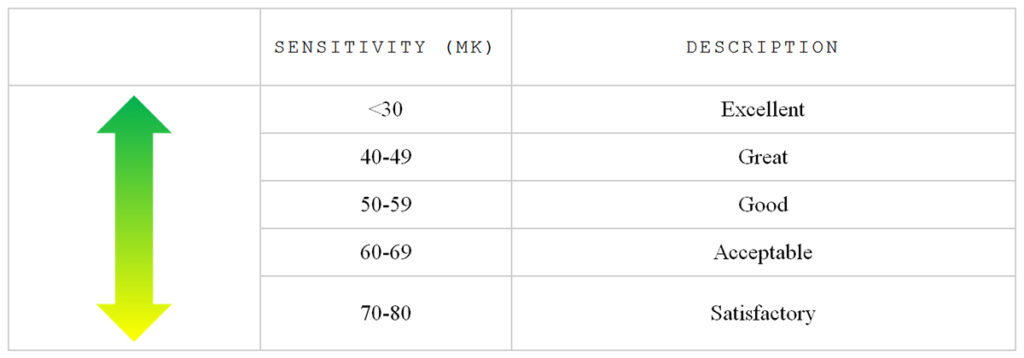
Originally developed for surveillance and military operations, thermal cameras are now widely used for industrial applications such as building inspections (e.g., moisture, insulation, roof, etc.), firefighting, autonomous vehicles, automatic emergency braking (AEB) systems, industrial inspections, scientific research, and much more. These cameras come in a variety of form factors, from handheld cameras to unmanned drones, to scientific instruments sent into outer space.
Engineers developing products or systems incorporating thermal cameras need to have a clear understanding of the key design specifications including scene dynamic range, field of view, resolution, sensitivity, and spectral range, to name a few. Different cameras can excel at different things, so engineers need to understand the tradeoffs between different types of thermal camera modules and the impact those differences will have on the final product performance.

One important specification that is often overlooked at the expense of resolution, is the thermal sensitivity, the specification that defines the smallest temperature difference a camera can detect. A thermal camera’s sensitivity will have a direct impact on the image clarity and sharpness that camera can produce. Thermal devices measure sensitivity in milliKelvins (mK). The lower the number, the more sensitive the detector. The table below can be used to generally rate the sensitivity of a thermal detector.
Increased sensitivity makes thermal imagers more effective at seeing smaller temperature differences, which is especially important in scenes with low thermal contrast and when operating in challenging environmental conditions like fog, smoke, and dust. Selecting a more entry-level, essentially lower cost thermal camera, that features “acceptable” to “satisfactory” thermal sensitivity results in an end product that offers low contrast scenes resulting in poorer image quality, reduced detection range, and limited situational awareness compared to cameras with greater sensitivity. Devices with better thermal sensitivity are ideal for a wide variety of uses from search and rescue to industrial inspection to security.
For more information on thermal sensitivity, or to speak with an expert, please see www.flir.com/bosonplus.




















